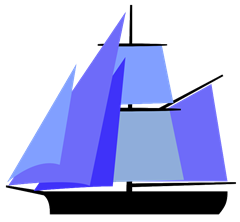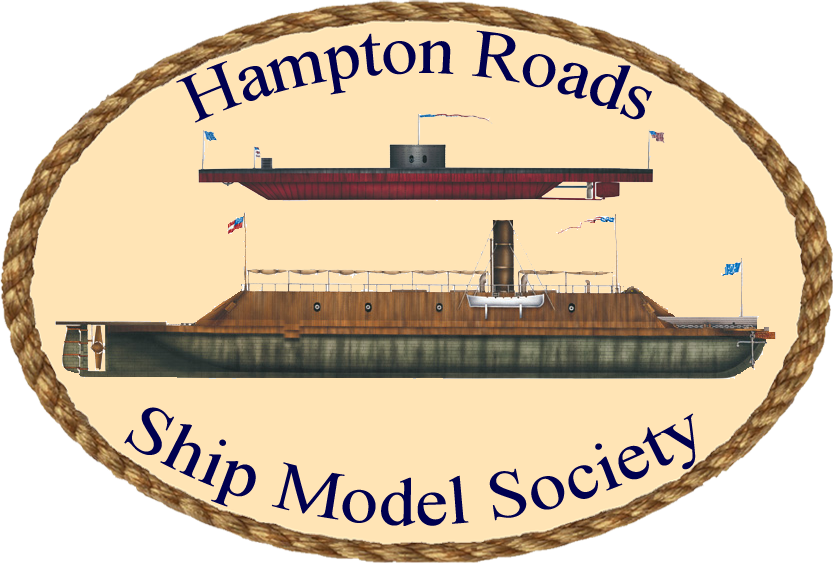
“Cutter” is a name used for various types of watercraft. It can apply to the rig or its use: a single-masted vessel with multiple headsails and a fixed bowsprit, an open boat carried onboard a naval vessel, or any vessel used in law enforcement.
1 – Sailing
The terms “cutter” and “sloop” differentiate single-masted vessels by the position of the mast along the length of the vessel, by the number of headsails, or by the rigging of the bowsprit. These distinctions vary by time and place. Generally speaking, the mast of a sloop is further forward than that of a cutter, the bowsprit of a sloop is fixed whereas a cutter’s is running, and a sloop has a single headsail and a cutter has multiple headsails. On the eastern side of the Atlantic the number of headsails is now the only criterion. In North America this generally applies, but a vessel fixed bowsprit and a mast stepped relatively far forward may be termed a sloop even if it has 2 headsails (example: Friendship Sloop).
2 – Rowing
The open cutter carried aboard naval vessels in the 18th-century was rowed by pairs of men sitting side-by-side on benches. The cutter had a broader transom than the longboat, which had finer lines. In a seaway, the longboat was preferred to the cutter as the finer lines of former’s stern meant that it was less likely to broach in a following sea.
Though primarily a pulling boat, this cutter could also be rigged for sailing.
3 – Territorial Law Enforcement
The term “cutter” is applied to any government vessel used to patrol territorial waters, regardless of the type of rig, and applies to engine-powered vessels as well.
References:
« Back to Glossary Index